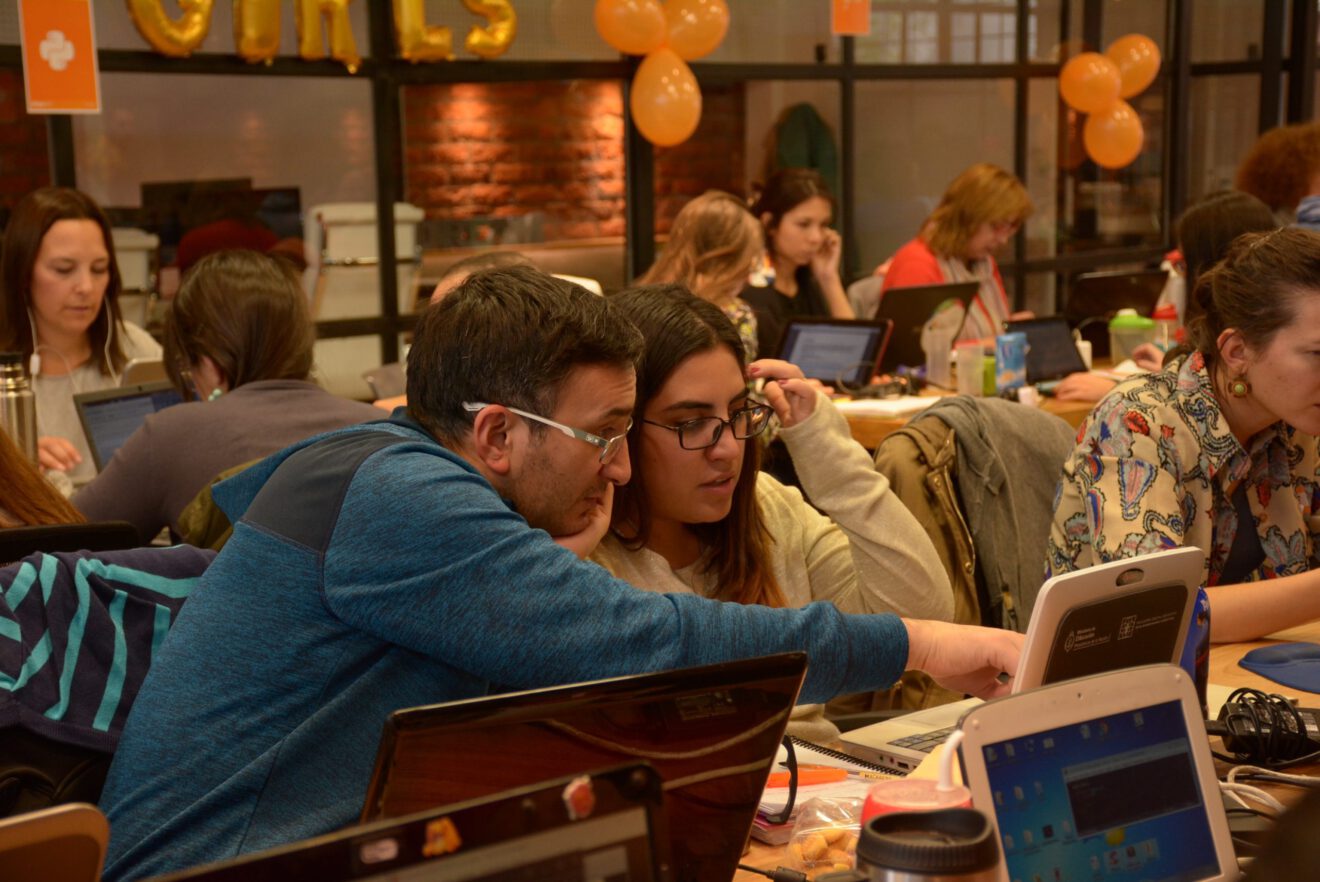Insights is a SmartBrief Education Originals column that features perspectives from noted experts and leaders in education on the hot-button issues affecting schools and districts. All contributors are selected by the SmartBrief Education editorial team.
It’s not often that teachers and administrators form near-universal consensus on any topic, but since catching its breath after the chaotic first weeks of school closures, the collective voice of educators has spoken clearly: tutoring! Tutoring is what students need to address the effects of the pandemic.
Over a dozen states have launched tutoring initiatives. Some, like Texas, have gone so far as to mandate that schools provide tutoring to certain students. Scores of school districts, whether large ones like Los Angeles Unified or small ones like East Ramapo, N.Y., have initiated their own efforts to bring large-scale tutoring to students.
It’s not hard to understand why tutoring is having such a moment, especially since it’s free of the education jargon that sometimes gets attached to other types of interventions. Pretty much everyone quickly imagines a student getting regular help, in a one-on-one or small group setting, from someone with training and expertise. What’s not to like about that?
Tutoring’s success is proven through research
Tutoring is also popular because, unlike an unfortunately growing list of things in education, it’s not controversial. There is no anti-tutoring lobby sending out newsletters to elected officials decrying the dangers of students receiving regular one-on-one or small-group instruction. Across the political and ideological spectrum, pretty much everyone agrees that it’s a good thing when students who are struggling in school receive tutoring.
That is at least partially because, when done right, tutoring is supported by a mountain of evidence. Dozens of peer-reviewed studies show that tutoring is one of the most effective ways to accelerate learning. While less well-researched, many educational experts agree that tutoring can provide significant socio-emotional benefits for students as they form a caring and supportive relationship with their tutor.
But here’s where the problem begins. Those dozens of studies looked at different permutations of tutoring. While there are definitely overlapping features, every school-based tutoring program looks a little different. The result is that many different instructional programs rely on the credibility of the tutoring concept while the particulars of their program may actually be inconsistent with best practices.
The term high-dosage, or high-impact, tutoring was coined by researchers and practitioners as a way of distinguishing between unproven programs and programs that have a basis in evidence and are likely to provide significant academic benefits for students.
3 laws of high-dosage tutoring
All the research highlights three aspects of high-dosage tutoring that are always featured in programs that provide significant academic benefits for students.
Face-to-face tutoring is best. Programs where students anonymously submit questions using their phone or computer are not receiving tutoring, regardless of whether a human or a computer program is on the other end. Even a very sophisticated artificial intelligence can’t take the place of a real, caring person. AI instructional programs can provide academic benefits, but they usually have a much smaller impact than live, human tutoring.
Low-ratio tutoring is best. Instruction needs to be either one to one or in small groups. There isn’t a hard and fast rule on how big the groups should be; studies have found significant academic benefits for students in groups ranging from two to four students.
However, once the group gets larger than a certain size (generally agreed to be six students), it’s no longer considered tutoring. It’s also not tutoring if a single instructor is working with more than one group of students at the same time, whether multitasking on a virtual platform or floating from group to group. There is a clear line between classroom instruction and tutoring, both of which can be beneficial to students but only one of which is an evidence-based intervention.
Frequent tutoring sessions are best. Students should receive a large number of tutoring sessions that are delivered consistently. There is no magic number of tutoring sessions that students need to show growth, but most programs that have demonstrated efficacy deliver at least 10 sessions of tutoring ranging from 30 to 45 minutes each.
While a student might have a genuine breakthrough in just one instructional session, meaningful academic growth usually requires a sustained effort. A student who dropped into an after-school tutoring program two or three times over several months unfortunately wasn’t really tutored at all.
Why tutoring definition matters
Being precise about what is and is not a tutoring program may seem like a fussy distinction to make during a time when schools and students are dealing with so many challenges, but it actually matters a great deal.
Both globally and in the US, tutoring is overwhelmingly a consumer market, meaning that the buyers are individual caregivers and students rather than government entities like schools. This introduces an element of inequity, where those families who have access to tutoring are predominantly those with the affluence to afford it. This widens the opportunity gap by giving those students who already have advantages an edge over traditionally disenfranchised students.
Moving tutoring into the public sphere would mean that tutoring recipients are selected based on need rather than affordability. Enabling students to access rigorous and robust tutoring through their school or another state-funded program would be a huge step towards greater equity in education.
America’s education system has an opportunity to do something truly extraordinary for students by scaling up publicly funded tutoring. But to do that, everyone involved first needs to agree on what quality, rigorous and academically meaningful tutoring looks like.
Michael Lombardo is the founder and CEO of BookNook.
Opinions expressed by SmartBrief contributors are their own.
_________________________
Subscribe to SmartBrief’s FREE email newsletter to see the latest hot topics on Special Education. It’s among SmartBrief’s more than 250 industry-focused newsletters.
